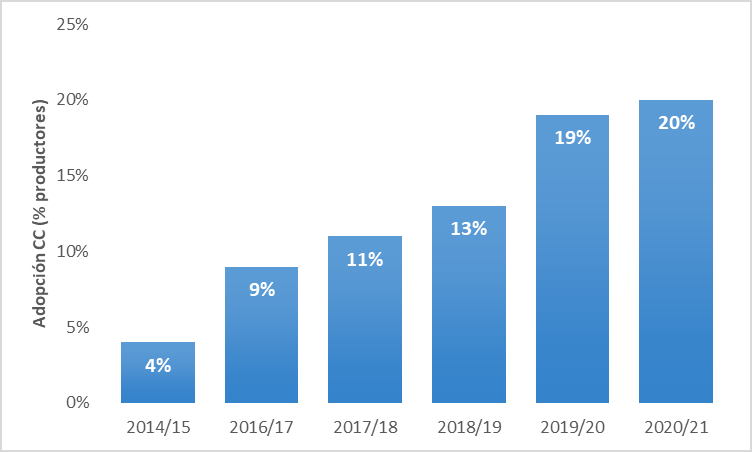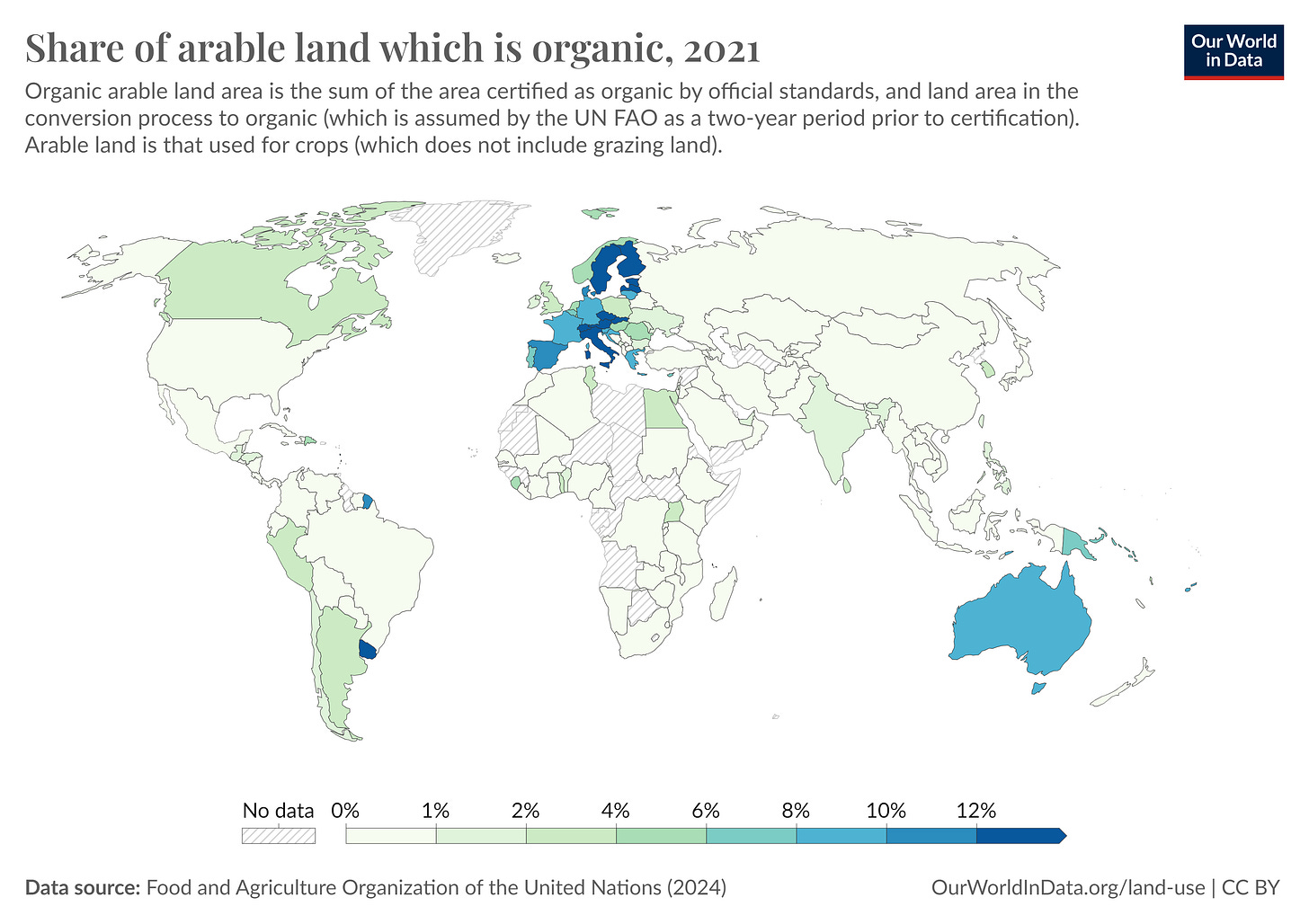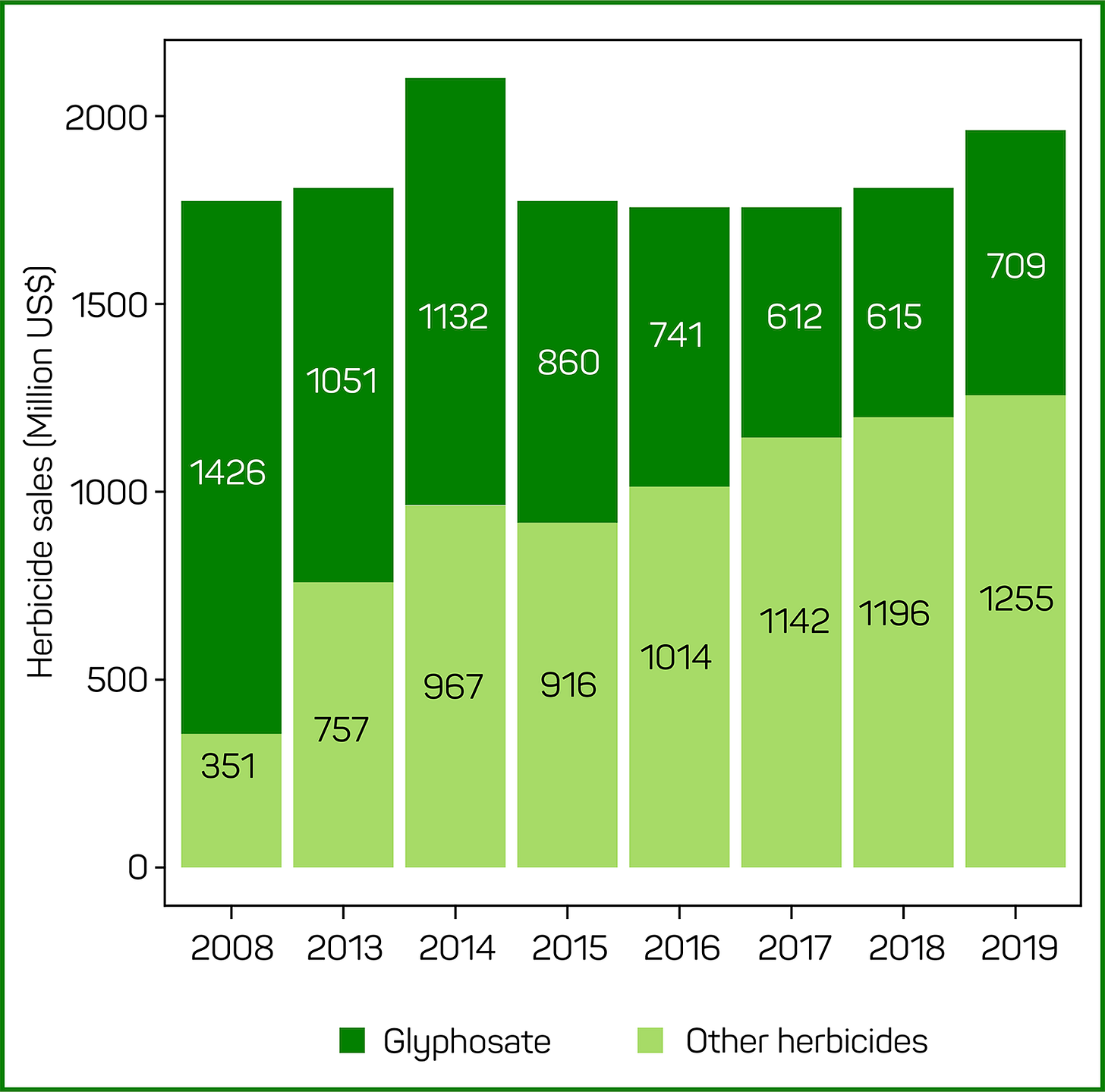Argentina : regenerative agriculture leader of the world ? - Part 1
Let us look into one of the world's biggest food producer and, as seen in some articles, a potential regenerative leader!
I have a special link with Argentina, and I am always fascinated by how the word “agriculture” brings completely different images when talking about it with a French or an Argentinian.
Yet, one thing surprisingly comes up in both discussions: “we have the most sustainable agriculture in the world”! That comes as a shock knowing how much the Mercosur deal was part of the recent French farmer’s protests.
I have several Google Alerts set up in my inbox, and I have almost every day some piece of news about how Argentina is a regenerative leader! That comes as a surprise to me, but we will see what this means later on.
In this first article on Argentina, I want to take the time to introduce the country producing mechanisms and analyse the situation of Argentina as a regenerative leader based on regeneration as a set of practices.
Argentina as an agricultural power
Before entering the debate on whether Argentina should be labelled a hero or a villain, let us have a look at what the country is producing and for use.
Total surface for agricultural use: 118 millions ha - more than 4 times France, or 7 times Germany;
The average farm size was 582.5 ha in 2000–8 times more than in France and 13 times more than in Spain;
The main crops are soy (42.9%), corn (22.8%) and wheat (15.9%), occupying 81.6% of the cultivated surface.
Agriculture is an absolutely critical sector for the Argentinian’s economy:
It represents 10.8% of Argentina’s GDP, to be compared to 2.1% in France or 1.1% in the USA;
Crops export represent around 50% of the country’s exportations
The sector is one of the main source of dollars income in the country, with a specific change rate managed by the government that helps to guide the sector to sell when the country most needs it.
Defining regeneration as practices
I am a strong supporter of looking at results, not means. Yet defending practices has some advantages: farmers can be monitored easily, and the plan looks clear.
When talking about practices, the usual suspects are:
· Limit mechanical disturbance;
· Cover the soil;
· Limit chemical disturbance;
· Include animals on land;
· Diversify crops.
Argentina is doing amazingly on two of those criteria.
Mechanical disturbance - No-till
Mechanical disturbance is a fancy way to talk about tilling. If we look at this data point, Argentina is doing great.

From virtually no area with no-till up to more than 90% of the area with no till: the evolution of the landscapes in Argentina is dramatic!
We can compare that number with the French one, where this number is half, with about 47% of the surface.
Cover crops
Cover crops are one of the other pillars of regenerative agriculture, making sure that the soil is covered year-round.

Here again, we do see a growing proportion of the growers using cover crops in the past years, reaching 20% in 2020/2021.
Looking at the data from EU (graph below), we see that the sole number “Cover or intermediate crop” is around 5%. This number is biased because of the large use of winter crops in Europe, so the numbers cannot be compared.
From the data I could explore, it looked like Argentina was integrating cover crops at a speed that is similar to the rest of the other producing countries and European ones.
Chemical inputs
The magic recipe behind direct seeding with no need to till in Argentina is composed of two ingredients: a heavy reliance on pesticides and the use of GMOs resistant to said pesticides.
Let us have a look at two key data points: the evolution of organic land in Argentina and the use per hectares of pesticides.
For organic production, a simple look at the map below leads to an easy conclusion: Argentina is lagging behind compared to countries in the EU.
Yet, it is also easy to explain: the regional demand for organic demand is almost non-existent, and the only production made organic is for exports – as studied in this article.
Locally, the surface dedicated is nevertheless rising, going from around 2% in 2004 to up to 3.74% in 2020.
Let us now look at the evolution of the use of pesticides in the country.
If we look only at the recent years, the sales are pretty stable in the country.
But it is more interesting to look at longer periods of time to see the potential shift when the country massively turned to the use of GMOs. The graph below shows an explosion of the use of pesticides from 1 kg/ha in 1990 up to 6 kg/ha at its peak.
We notice two odd years: 2009 and 2018: those two years are holding records in terms of droughts and low production.
Animals on land
Animals are a huge part of Argentina’s production, with their famous cows present in all the territory’s grasslands. They even became a national environmental pride, with studies claiming that the country produced carbon-negative beef!
Even though some studies have shown that the integration of animals has positive effects on soil health as expected, integrated livestock systems are not common in the country and data is not available to make that point clear.
Diversification
We saw in introduction that only 3 crops made up for more than 80% of the agricultural land use in the country. Despite that fact, crops can be diversified through rotation, which we will talk about. Looking at the literature around this topic, we find the following information:
The majority of plots in Argentina (about 70% in 2021) are cultivated only using summer crops ;
The use of rotation has been demonstrated for Argentina to have positive impact in terms of resilience, as shown for example in this extensive article, looking at La Niña and El Niño years in particular ;
More than 10 years ago, articles were already pointing out that the lack of crop rotation in the Argentine Pampas were turning the land into sand ;
Research also shows that the introduction of more diversity could help the current issue of glyphosate-resistant weed.
Current data therefore show that Argentina is lacking diversity, be it by the crop used or the rotation system it uses.
Conclusion
If you look only at practices, Argentina can be seen as a rather average player.
Out of the 5 points mentioned in introduction, Argentina is only great in one space (mechanical disturbance). Pesticides use management has been discussed a lot lately with the rise of the precision agriculture movement, which is a way to promote doing “the same but a bit better”.
Yet, many articles are claiming the country is leading the way:
The recent launch of a program promoting regenerative agriculture in Argentina and Uruguay ;
The emphasis in Expoagro 2024 made on regenerative agriculture ;
The action of McCain towards regenerative agriculture in this region.
What do all those article have in common? At least one name: Bayer. The company selling the most popular herbicide in the country, as well as the GMO seeds that we saw, are the recipes for the no-till practices in Argentina.
If regenerative agriculture is defined by no-till, then yes, we can consider the country as a regenerative leader. But what about the results?
In the next article of this series, we will analyse how the country does when taking an outcome-based look at the agricultural landscape.








